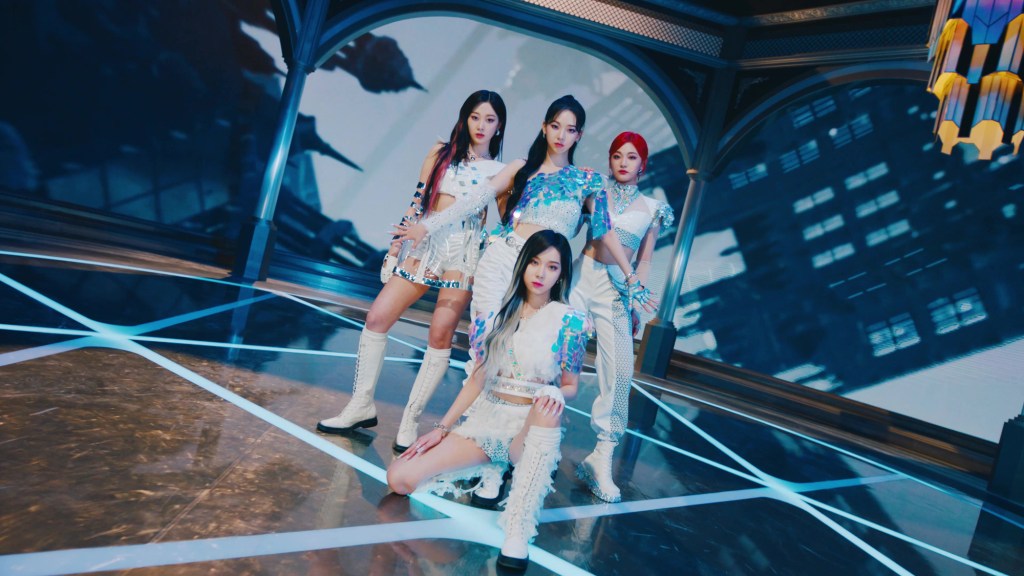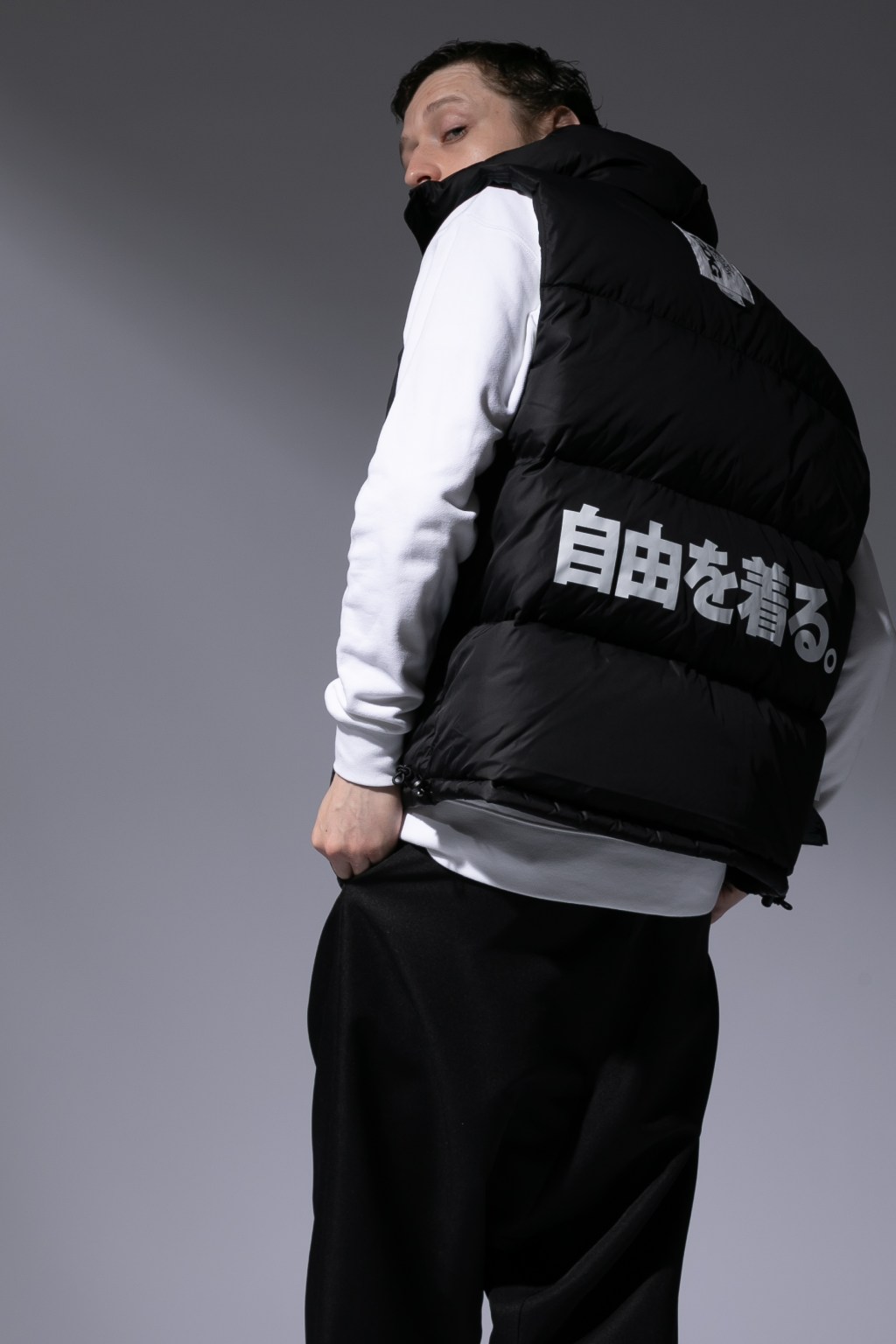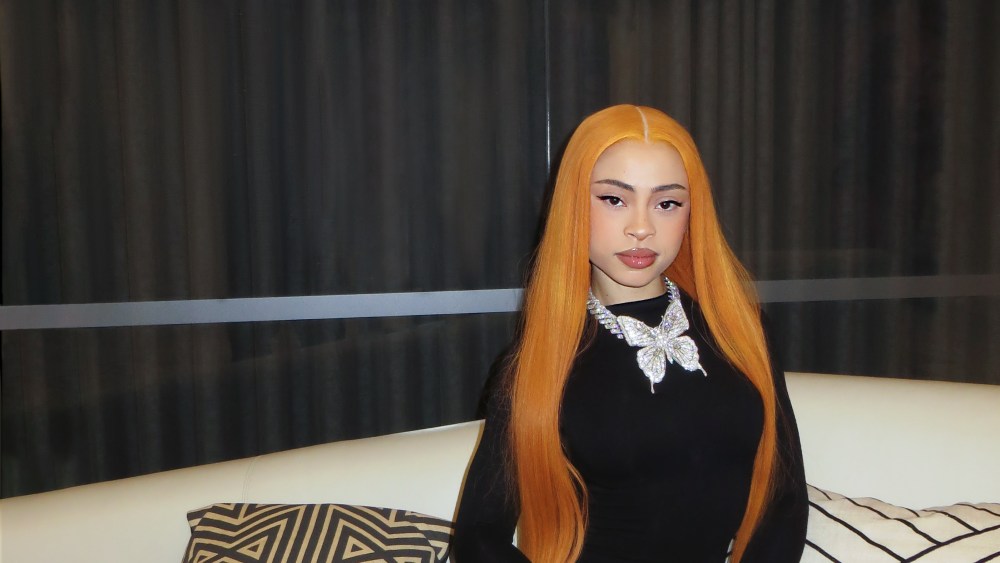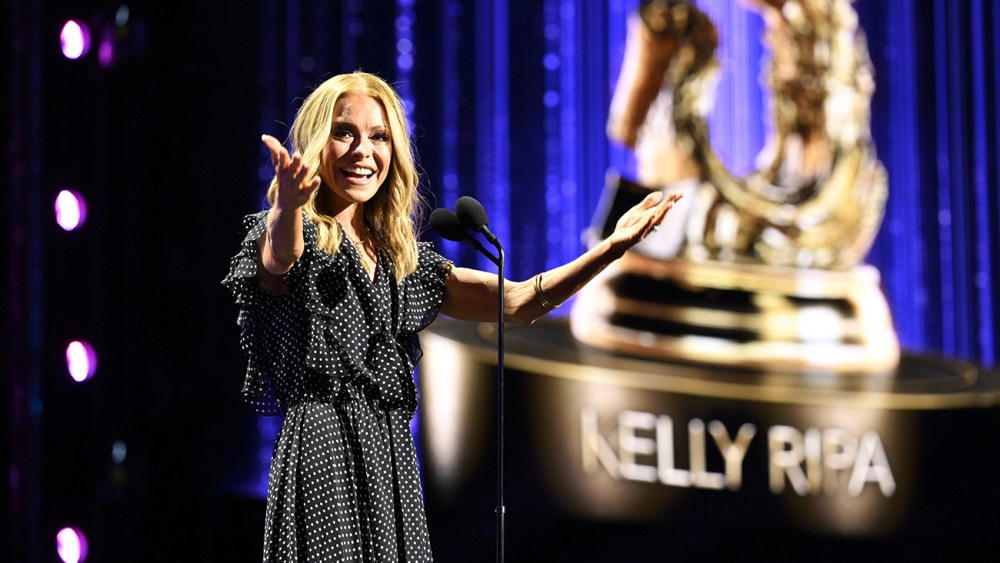BTS and Blackpink need no introduction to millions of K-pop fans, but a fuller and fashion-infused examination of the high-flying Korean cultural wave is now on at the Museum of Fine Arts in Boston.
On view through July 28, “Hallyu! The Korean Wave” is the first U.S. installment of an exhibition that debuted at London’s Victoria & Albert Museum a few years ago. Pronounced, “Hally-u,” the word means “Korean Wave,” a term that was first used in 1992 when South Korea entered into diplomatic relations with China. The “Korean Wave” is a cultural phenomenon that was initially driven by Korean dramas and accelerated with the worldwide popularity of K-pop.
Fashion plays a prominent role in the 250-piece exhibition, as do music, TV, cinema and the beauty industry.
“In a way the American audience needs to be exposed to the fashion vibe, but fashion as an art form. But at the same time, if you look at other mediums like dramas, TV and K-pop, fashion is so much of a part of it. That is undeniable, especially with the K-pop groups with all of their performances and music videos. The dresses and what they wear are so important, raising their identities and of the items themselves,” said Christina Yu Yu, the MFA’s Matsutaro Shoriki chair, art of Asia. “Fashion is a mass recognizable form of art in itself.”

While BTS wears luxury labels like Dior and Blackpink’s Jennie fronts Chanel while Lisa is an ambassador for Celine, the new exhibition highlights some lesser-known labels. K-pop fans will recognize a staple at concerts — light sticks that are designed to reflect the identity of different groups — and original outfits worn by Aespa and Ateez for their music videos “Next Level” and “Fireworks.” There are also dresses that have been worn by generations of K-pop idols, including ones by designer Park Sohee and “Next in Fashion” winner Minju Kim, and a large-scale needlework designed by South Korean artist Kyungah Ham and made by anonymous embroiders from North Korea.
Other pieces explore the Korean American experience by Boston-based artist Timothy Hyunsoo Lee and Washington, D.C.-based artist Julia Kwon. A more personal view is detailed in a video featuring the Philadelphia-based Korean American mother-daughter team of Jeoung and Jessica Kim.

“It’s really a show about cultural superpower, but it’s also about how we’re all connected these days. Some people think that it’s only about youth culture but it’s more than that, especially if you think about cinema, ‘Parasite’ and ‘Oldboy,’ and all of the Korean TV drama series on Netflix [including ‘Squid Game],” she said.
PSY’s breakout music video “Gangnam Style” has also been a boom to the movement. Such attractions don’t just expose people to Korean and Asian culture, but they often have universal messages, too, Yu Yu said.

Yu Yu said, “When you think about ‘hallyu,’ the image that comes to most people’s minds is something very edgy, contemporary and youth-culture driven. The show has a modern vibe and a faster pace feeling. But in the fashion section, a number of people have commented about how the pieces are made. It is a calmer part of the exhibition, partially because it was designed that way.“

Another reason is that the area highlights the transformation of the hanbok form and how it was a traditional Korean national dress, while today fashion designers transform this traditional form into something that is more radical. Fashion is one of the areas in “Hallyu!” that magnifies the coexistence of the old and new, with the fashion on display being the manifestation of that. Yu Yu said, “It’s really talking about something that can easily complete another thing, and how you can make the old-fashioned relatable, or even fashionable and exciting.”

Nearly 5,000 people turned up for one of the kickoff events for “Hallyu!,” which featured K-pop performances presented by CJ ENM, Yu Yu said. A Korean film festival and a conversation with award-winning author Min Jin Lee are a few of the upcoming programs before the exhibition moves to the Asian Art Museum in San Francisco.

To tie into the booming effect of hallyu and how everything is taking place simultaneously, the MFA worked that into the exhibition’s design layout, which is set up so that the visitor chooses which section of the exhibition they would like to explore first — as opposed to a linear experience. Another point of differentiation from the V&A show — the Boston one draws from the museum’s important collection of Korean art, including a traditional hanbok dress.

Although the MFA has an ongoing alliance with Uniqlo (having offered UT Graphic T-shirts inspired by Katsushika Hokusai’s iconic “ukiyo-e” woodblock prints, among other artists’ work), it tapped a Boston-based streetwear company, Endstate, to create hoodies, T-shirts and other apparel that was inspired by six Korean objects in the MFA’s collection. Endstate’s designs include NFC-chipped products — a pair of sneakers, two T-shirts and two sweatshirts. The near-field communications technology gives consumers perks like VIP and early entrance to select “Hallyu!”-themed MFA Late Nites.

MFA museum store shoppers will also find hallyu-inspired designs from a few other Korean American brands, as well as whimsical items like a $48 Matcha Boba Milk Tea-shaped handbag. Choosing community-based resources that present shoppers with a sense of discovery was intentional, according to Yu Yu. “Also, the names of a lot of the designers, who are featured in the show, are probably not widely known, and are unknown to the American audience. This is a great introduction for the American audience.”



